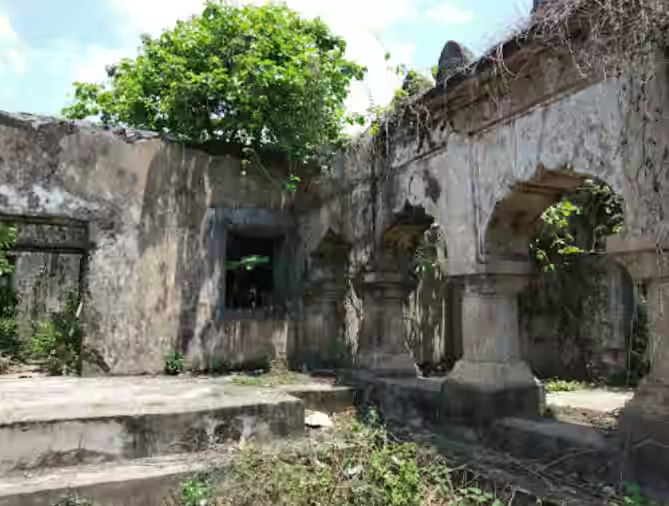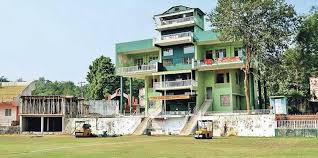Veer Surendra Sai

Veer Surendra Sai (1809–1884) was an illustrious freedom fighter from Odisha, India. Born into Sambalpur’s royal family, he rightfully claimed the throne. However, the British East India Company installed a puppet ruler instead of recognizing his claim.
Defying British rule, Sai embarked on a relentless quest for independence. Leading a guerrilla war, he bravely fought the British for years until his capture in 1864. Despite a life sentence in prison, he remained unwavering in pursuing freedom, inspiring others to join the struggle. Veer Surendra Sai is one of India’s greatest heroes in the fight for independence.
Beyond politics, Sai was a dedicated social reformer, addressing various injustices, especially concerning the underprivileged. His vision encompassed a free, democratic, and equitable India where every citizen had equal opportunities to thrive.
Veer Surendra Sai‘s legacy is a testament to courage, determination, and selflessness, serving as an enduring source of inspiration. Though his heroism remains largely unsung to many, he remains a cherished figure in Odisha’s history.
Here is the document provided by the Orissa state government
Here are some lesser-known facts about this remarkable warrior:
- During 1808-1817, Sambalpur was under Maratha rule, and after the Third Anglo-Maratha War, the British reinstated the Chauhan kings as mere puppets.
- When Maharaja Sai passed away in 1827 without an heir, the British applied the ‘Doctrine of Lapse’ and nominated Rani Mohan Kumari as queen, leading to Surendra Sai’s protest.
- In 1833, the British replaced Rani with an old Zamindar, Narayan Singh, leading to widespread discontent.
- In 1840, Surendra Sai, his brother Udanta, and uncle Balaram Singh were imprisoned in Hazaribagh for killing Durjaya Singh’s father and son, the only Zamindar supporting Narayan Singh.
- After Narayan Singh died in 1849, British control over Sambalpur intensified, but the seeds of rebellion were already sown.
- The 1857 revolt further fueled the uprising, with Surendra Sai leading the charge.
- He fought the British through guerrilla warfare from 1857 to 1862, even after being captured.
- In 1864, he was betrayed by a spy, captured, and imprisoned in Asirgarh fort, where he spent 20 years and lost his eyesight.
Surendra Sai’s unwavering spirit and determination left an indelible mark on the Indian struggle for independence. His legacy lives on, serving as a symbol of resilience and courage against all odds.

Raja veer Surendra Sai palace Kunjelpada-Sambalpur

Veer Surendra Sai Stadium is a cricket stadium in Sambalpur, Orissa.
